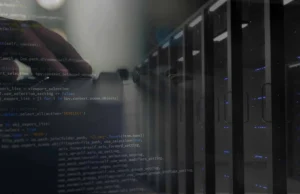
The role of schools extends beyond merely disseminating knowledge. They’re also crucial in nurturing and ensuring the safety and security of the young minds under their care. Over the past few years, the escalating incidents of violence and security threats in educational institutions have necessitated stringent security measures.
Within this framework of safety protocols, entry screening has emerged as an essential pillar. A comprehensive entry screening protocol safeguards our schools against potential threats and fosters an environment conducive to learning and growth.
Understanding the Need for Resilient School
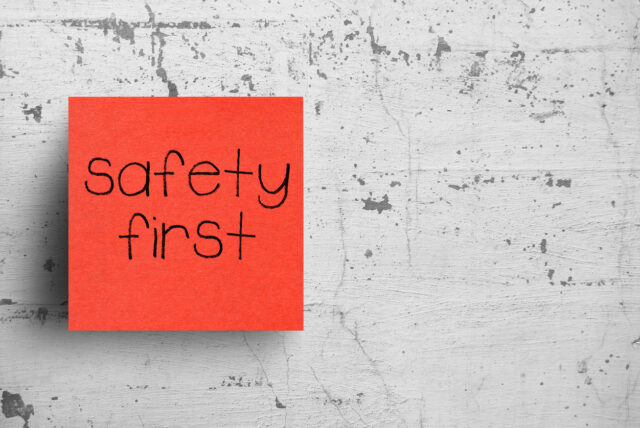
As society and technology evolve, so do the challenges faced by schools. They’re confronted with an array of issues ranging from unauthorized intrusion, violence, and even threats of terrorism. Each incident not only poses a direct risk to the students’ safety but also disrupts their learning and development process.
It is thus imperative to cultivate an environment that shields students, staff, and visitors from these threats while enabling them to thrive. Resilient schools are not just fortified physical structures but also adaptive systems that manage risks and bounce back stronger after adversities.
The Role of Entry Screening
Entry screening, the process of checking individuals before they enter a facility, serves as a crucial line of defense in our schools. It aims to detect and prevent unauthorized or potentially dangerous individuals from gaining access and it’s one of the best school security solutions. But more than its preventative function, entry screening acts as a deterrent. The mere existence of entry screening can dissuade potential wrongdoers from targeting the institution. In this way, the school can proactively address threats even before they manifest.
Types of Entry Screening Methods
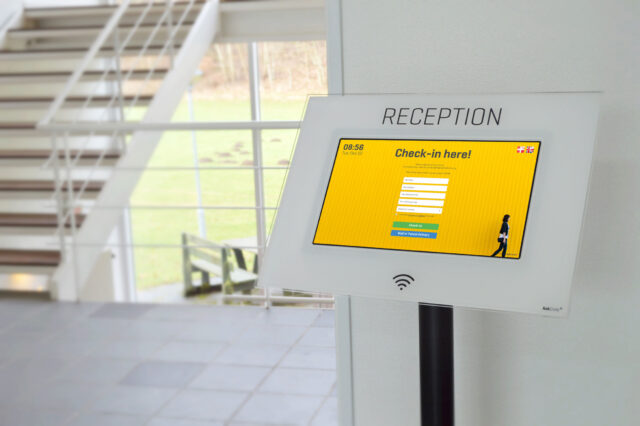
Entry screening methods have evolved over time, encompassing a variety of techniques. Basic methods include bag checks and ID verification. More sophisticated systems employ metal detectors and visitor registration systems. Each method carries its own set of advantages and drawbacks.
For instance, while metal detectors are highly effective at detecting weapons, they may not be practical for schools with large student populations due to time constraints. Similarly, visitor registration systems offer excellent tracking capabilities, but they might be deemed intrusive by some.
Implementing Entry Screening Protocols
Implementing an effective protocol demands careful planning and execution. Clear policies must be formulated, outlining the procedures and responsibilities of all involved. Training staff to execute these protocols with precision is equally critical. Equally important is transparent communication with students, parents, and the broader community, educating them about the protocols and soliciting their cooperation.
Balancing Security and Positive School Climate
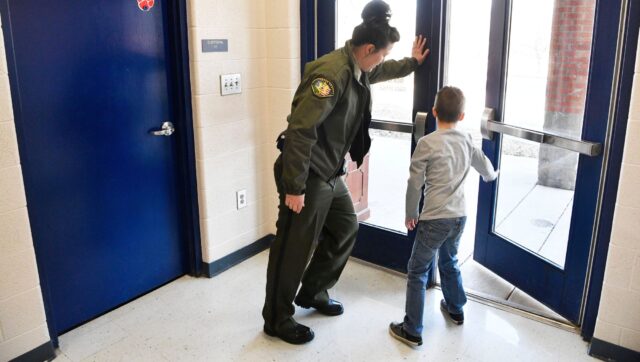
While security is paramount, it’s essential that schools don’t metamorphose into intimidating fortresses. Striking a balance between stringent security measures and maintaining a nurturing, welcoming learning environment can be challenging. Schools must integrate security protocols subtly into their daily operations, taking care not to disrupt the learning process or cause anxiety among students.
Collaborative Approach with Stakeholders
Security is a collective responsibility. The development and implementation of entry screening protocols should, therefore, involve all stakeholders – administrators, teachers, parents, students, and even law enforcement agencies. This collaborative approach fosters understanding, support, and adherence to the protocols. It also allows for diverse perspectives, leading to more comprehensive and robust security measures.
Staff Training and Preparedness
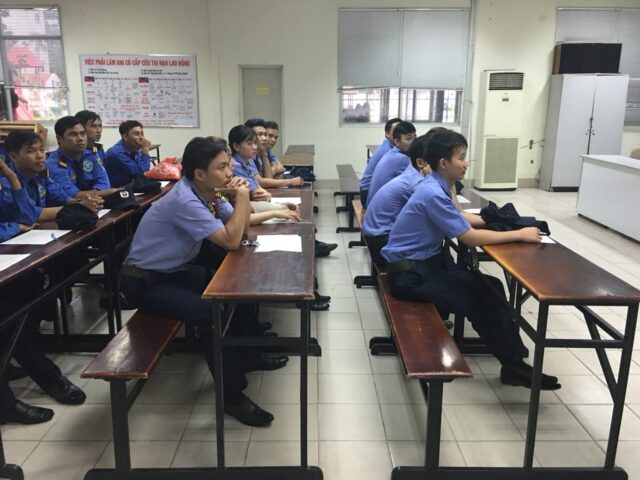
Staff members are on the front line of executing security protocols, making their readiness and preparedness crucial to the efficacy of entry screening procedures. Regular and comprehensive training sessions play a pivotal role in equipping staff with the necessary knowledge and skills to effectively manage entry screening protocols.
These training sessions should cover topics such as threat recognition, proper operation of screening equipment, effective communication, and appropriate responses during emergencies. By investing in staff training and ensuring their preparedness, schools can enhance the effectiveness of their entry screening measures and create a safer environment for everyone within the school community.
Privacy and Legal Considerations
While entry screening is essential for ensuring security within schools, it is important to navigate the privacy and legal implications associated with these measures. Schools must strike a delicate balance between maintaining safety and respecting individual rights and privacy. It is crucial to understand and comply with local laws, regulations, and privacy requirements when implementing entry screening protocols.
This includes obtaining necessary consents, handling and storing personal information appropriately, and maintaining a high level of transparency with regards to the purpose and scope of the screening. By carefully considering privacy and legal considerations, schools can uphold the safety of their students and staff while respecting individual rights and maintaining trust within the school community.
Technology and Innovation in Entry Screening

The advancements in technology have revolutionized entry screening methods, offering more sophisticated and efficient solutions. Biometric identification systems, powered by technologies like fingerprint or facial recognition, provide enhanced security and accuracy in verifying identities. AI-powered surveillance systems can analyze video footage in real-time, detecting suspicious behavior and potential threats.
Visitor management software streamlines the check-in process, ensuring efficient registration and tracking of visitors within the premises. These technological innovations not only improve the efficiency of entry screening but also enhance the overall security landscape of schools, providing a higher level of protection and peace of mind for students, staff, and parents.
By leveraging technology, schools can enhance their entry screening measures, detect threats more effectively, and respond promptly to ensure the safety of their community.
Assessing Entry Screening Effectiveness
The effectiveness of entry screening protocols isn’t a one-time evaluation but an ongoing process. Feedback from stakeholders, regular reviews, and making necessary adjustments are key to ensuring the protocols continue to serve their intended purpose. Continuous assessment aids in keeping the protocols relevant amidst changing security landscapes.
Conclusion
In a world where the safety of our children in schools is unfortunately under threat, entry screening stands as a vital security measure. It not only serves as a deterrent but also a detection mechanism, helping us create a safe sanctuary for learning.
While implementing these measures, we must remember that schools are nurturing grounds for future generations. Striking the right balance between security and a welcoming atmosphere is vital. With collaboration, continuous training, and leveraging technology, we can build resilient schools that are safe, secure, and conducive to shaping our leaders of tomorrow.







